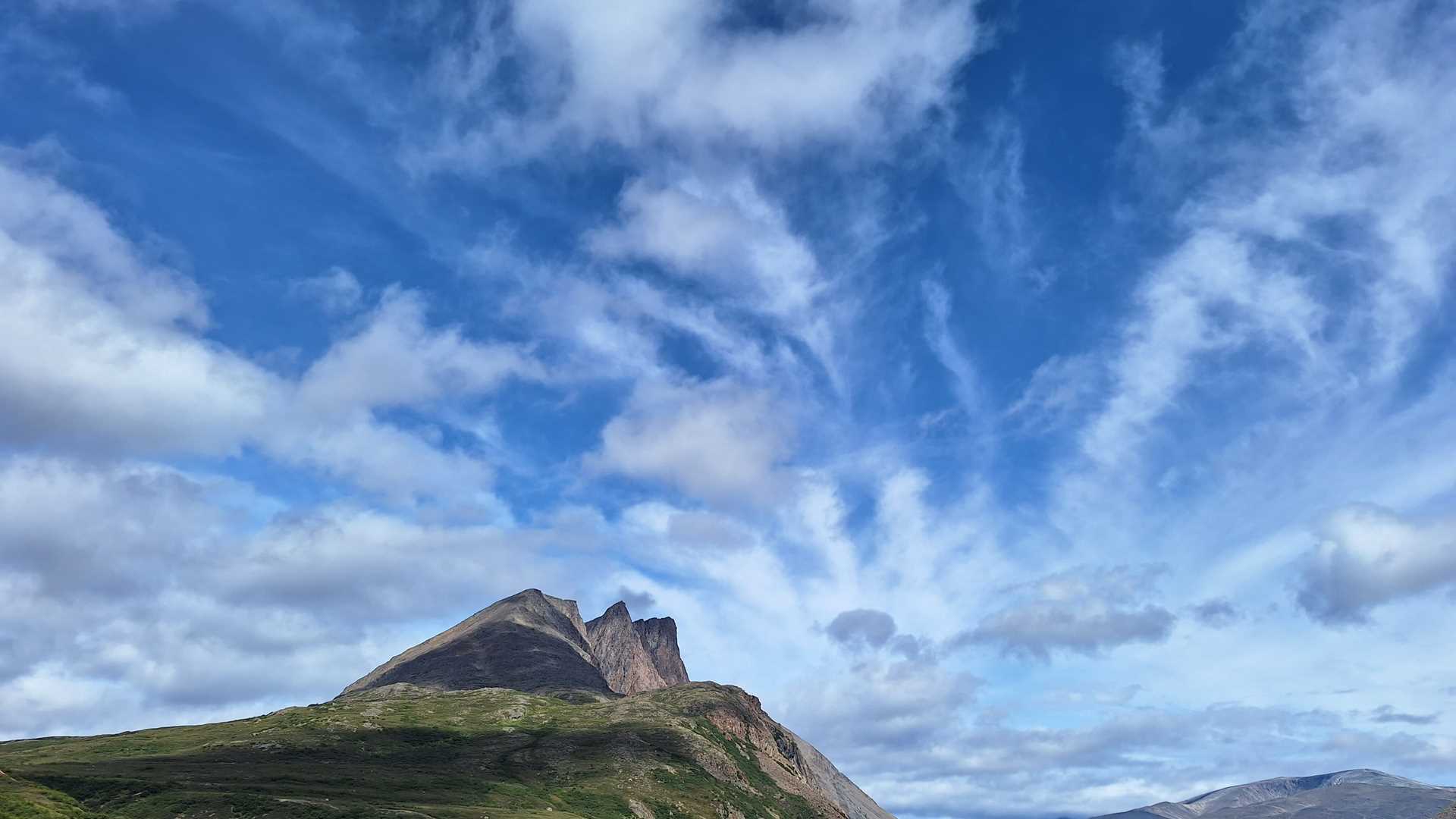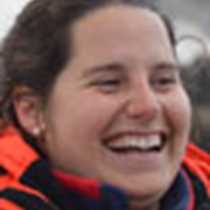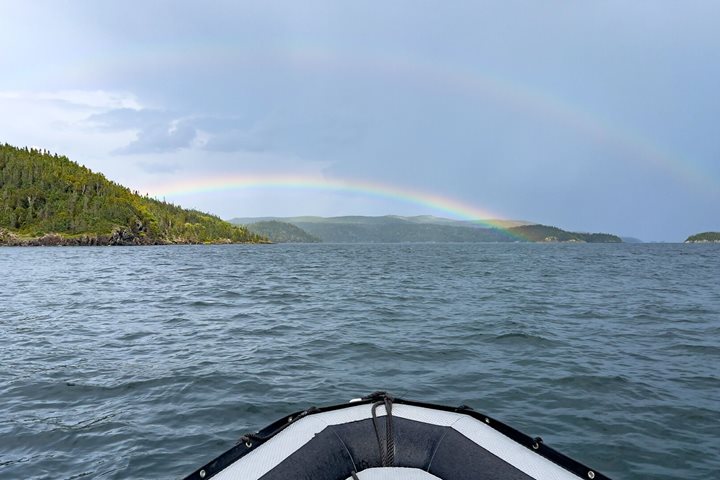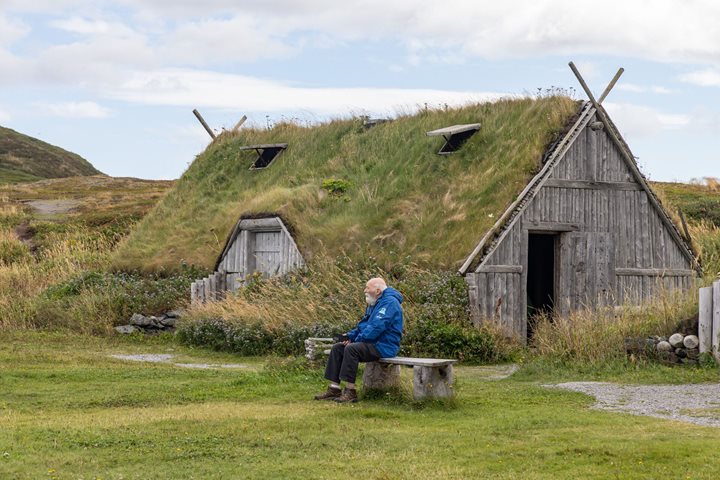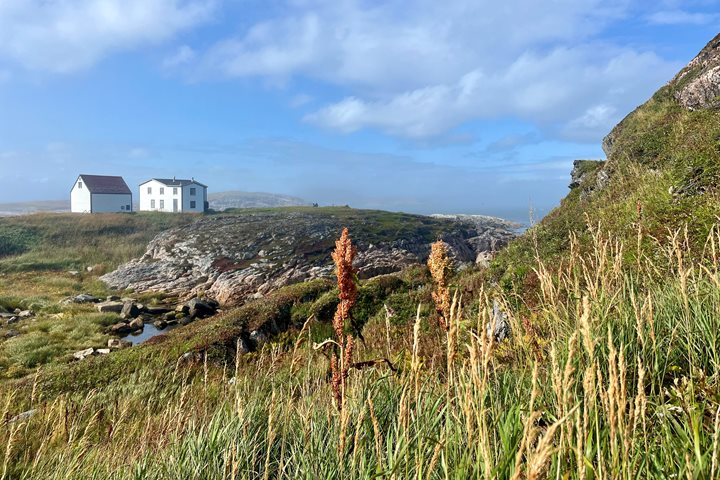On the Labrador Peninsula, in an extremely remote and inaccessible area of the Arctic Cordillera, lies the magnificent 9,700-square-kilometer Canadian national park of Torngat. These subarctic mountains are part of the greater Inuit homeland known as Inuit Nunangat.
Torngat Mountains National Park takes its name from the Inuktitut word Tongait. In Inuktitut it is called Tongait KakKasuangita SilakKijapvinga and it means “the place of spirits.” This park has spectacular mountainous terrain, charismatic wilderness, and iconic wildlife all combined with human history. Different cultures have survived here in extreme conditions side-by-side with nature for thousands of years. Because of the great natural and historic value of the region, Parks Canada has been making conservation efforts with the Inuit communities of Nunangat; together they are working to preserve the ecological integrity of the land, culture, heritage, and history of the Inuit.
A stunningly beautiful morning awaited us as we sailed along the fjords of the park. Before our morning operations began we had already spotted four black bears and minke whales from the bow of National Geographic Explorer.
To immerse ourselves in the park we went on an exploratory Zodiac cruise through the fjords, surrounded by magnificent scenery of colorful steep mountains breaking into the high blue skies. Along the shoreline we enjoyed views of streams, rivers, and waterfalls cascading down the mountains. The diversity of animal and plant species is quite intriguing; we spotted another black bear, and had the opportunity to admire the boreal woodland caribou. Back on board, we spotted four more bears while cruising to our next stop. This time there were three polar bears — a mom and a cub eating, and one walking along the shoreline — plus another black bear grazing on berries.
After dinner we visited Basecamp, a small and welcoming campsite for about fifty people that hosts researchers and visitors from all over the world. We even enjoyed a splendid performance of drums and throat singing by two Inuit women.
This region is said to be a treasure trove of the powerful stories, spirits, and traditions of centuries of travelers; indeed, we all felt this during our time in this special place.

